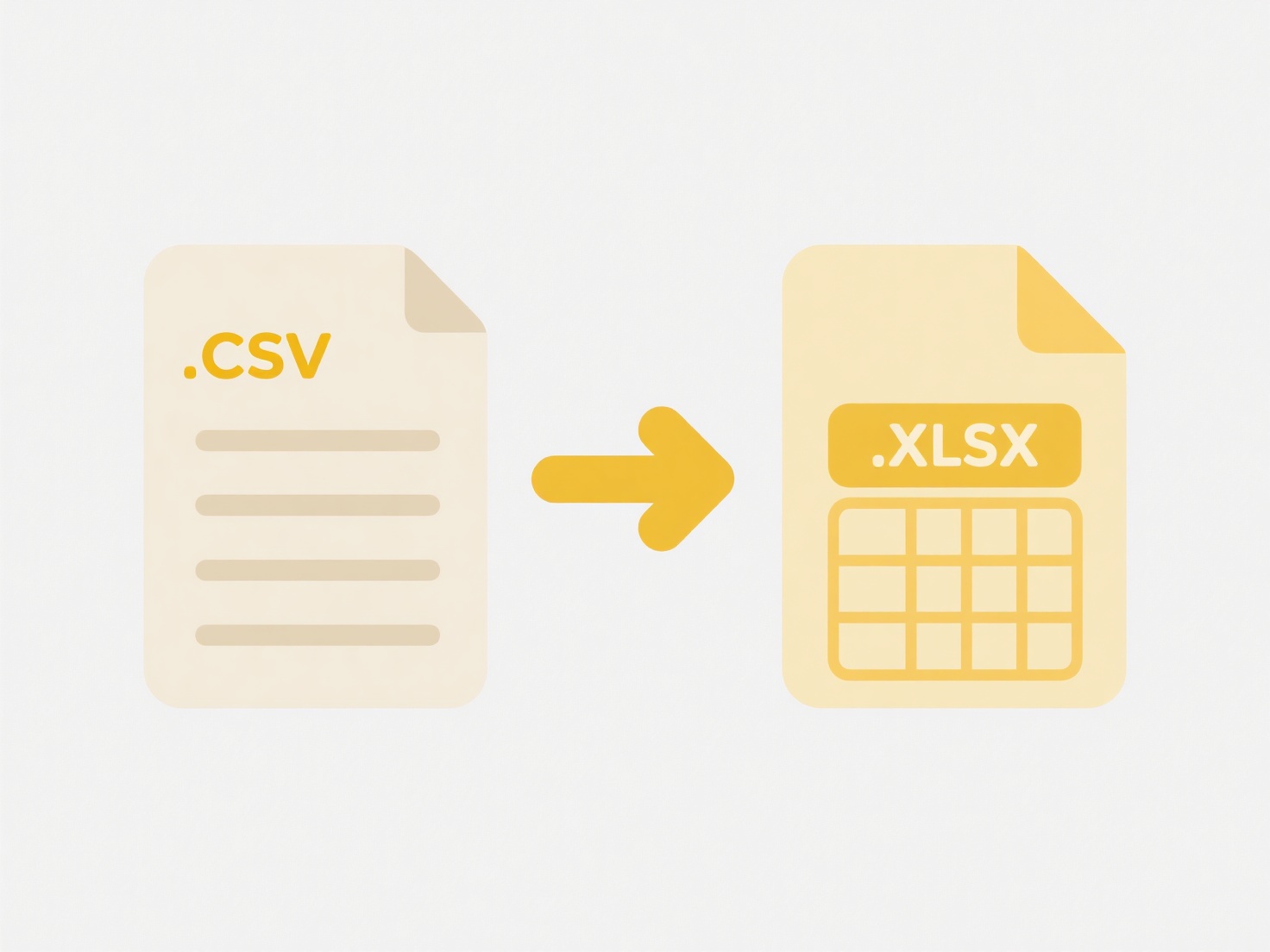
camelCase uses lowercase for the first word and capitalizes the first letter of subsequent words (e.g., myProjectFile.txt). snake_case separates words with underscores and uses lowercase throughout (e.g., my_project_file.txt). Title Case capitalizes the first letter of every word (e.g., My Project File.txt). The "best" choice depends heavily on context. camelCase suits programming language conventions (like JavaScript), snake_case aligns with scripts and Linux systems, while Title Case often appears in more formal document naming. Readability and system compatibility are key differentiators; underscores improve word separation visually but can seem cluttered, Title Case requires careful capitalization handling, and camelCase can become ambiguous with consecutive uppercase letters in acronyms.
Common uses include camelCase for class names in Java (MyClass.java), snake_case for Python scripts or database table names (process_data.py, user_data.csv), and Title Case for report titles or presentation slides (Quarterly Financial Report.pptx). Developers favor snake_case and camelCase for codebases due to language norms and file-system compatibility, while content creators often prefer Title Case for polished documents intended for audiences.

Each style has trade-offs. snake_case maximizes readability for multi-word names but can be verbose. camelCase is concise for programming contexts but can obscure word boundaries (e.g., XMLParser vs. XmlParser). Title Case enhances professionalism but risks case-sensitivity issues on some filesystems. Consistency within a project or organization is paramount, regardless of the chosen style. Future developments in AI-assisted code navigation might reduce reliance on strict conventions, but clarity for human readers remains a primary driver. Ethical implications are minimal beyond ensuring accessibility through predictable, discoverable file naming.
Is it better to use camelCase, snake_case, or Title-Case for file names?
camelCase uses lowercase for the first word and capitalizes the first letter of subsequent words (e.g., myProjectFile.txt). snake_case separates words with underscores and uses lowercase throughout (e.g., my_project_file.txt). Title Case capitalizes the first letter of every word (e.g., My Project File.txt). The "best" choice depends heavily on context. camelCase suits programming language conventions (like JavaScript), snake_case aligns with scripts and Linux systems, while Title Case often appears in more formal document naming. Readability and system compatibility are key differentiators; underscores improve word separation visually but can seem cluttered, Title Case requires careful capitalization handling, and camelCase can become ambiguous with consecutive uppercase letters in acronyms.
Common uses include camelCase for class names in Java (MyClass.java), snake_case for Python scripts or database table names (process_data.py, user_data.csv), and Title Case for report titles or presentation slides (Quarterly Financial Report.pptx). Developers favor snake_case and camelCase for codebases due to language norms and file-system compatibility, while content creators often prefer Title Case for polished documents intended for audiences.

Each style has trade-offs. snake_case maximizes readability for multi-word names but can be verbose. camelCase is concise for programming contexts but can obscure word boundaries (e.g., XMLParser vs. XmlParser). Title Case enhances professionalism but risks case-sensitivity issues on some filesystems. Consistency within a project or organization is paramount, regardless of the chosen style. Future developments in AI-assisted code navigation might reduce reliance on strict conventions, but clarity for human readers remains a primary driver. Ethical implications are minimal beyond ensuring accessibility through predictable, discoverable file naming.
Quick Article Links
Can I use Excel to help rename files?
Excel can assist with renaming files by generating new filenames based on patterns or data you define within your spread...
Should I use a duplicate file finder on system folders?
A duplicate file finder is software that identifies files with identical content or names, typically used to recover sto...
Can I embed user IDs or timestamps in file names automatically?
Automatically embedding user IDs or timestamps in filenames refers to programmatically including unique user identifiers...